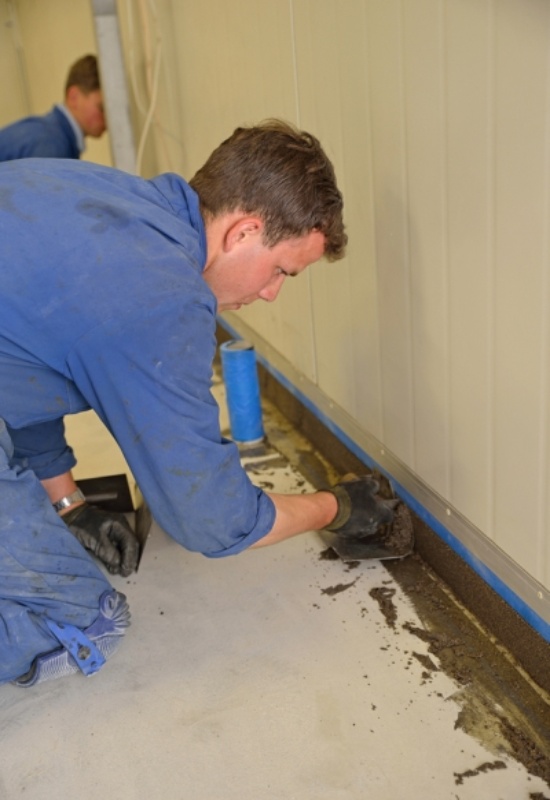EXAMINING THE DIFFERENT TYPES OF CONCRETE SEALER
EXAMINING THE DIFFERENT TYPES OF CONCRETE SEALER
When completing a basement waterproofing project, you should seal the concrete inside your home as well as the concrete around the perimeter of it to prevent water from seeping into it and causing problems. When you do, you will need to use a concrete sealer in Maryland to get the job done. There are several types of concrete sealers for you to choose from. Here are the choices you will have when it comes to concrete sealers.
Penetrating Concrete Sealers
Are you interested in applying a sealer outdoors that will protect your concrete from the harshest of weather elements? If so, a penetrating sealer will get deep down into your concrete and stop water from getting into it. It will not change the appearance of your concrete, and it will give your concrete the protection it will need to make it through a rough winter without encountering trouble.

Acrylics
If you don’t need to worry about protecting your concrete from the elements and you want to make your concrete look great when you seal it, and an acrylic concrete sealer is an excellent option. It will provide a thin protective film on top of your concrete and enhance the appearance of it. You will need to maintain your concrete and avoid scuffing it if it is located inside your home.
Polyurethanes
For those homeowners who want to do basement waterproofing on their concrete floors with something more heavy-duty than acrylics, polyurethanes are your best bet. This type of concrete sealer is significantly thicker than an acrylic sealer and will stand up to heavy traffic levels. Polyurethane sealers are also effective outdoors and can even be used on concrete countertops.
Epoxies
Much like polyurethane sealers, epoxies are designed to provide you with protection on concrete surfaces that deal with a lot of traffic. They repel water and can make concrete surfaces strong and more durable. You should be careful about applying them to concrete outdoors, though, because they can turn yellow when they are exposed to UV rays. They can also trap moisture inside concrete if they are not applied properly.
